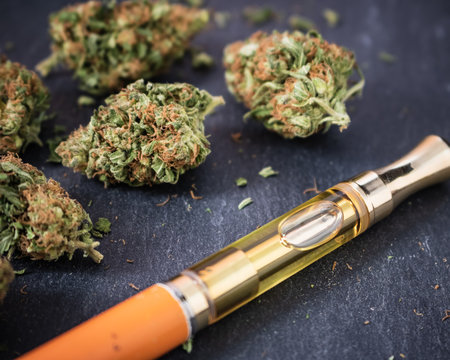Buy Wonka Chocolate
When comparing the ingredients of classic **Wonka Chocolate** to the innovative **Wonka Mushroom Bar**, several key differences emerge—particularly in cocoa percentage, additives, and allergens. Understanding these distinctions helps highlight how traditional confectionery contrasts with modern, functional, and plant-based treats.
First, **cocoa percentage** plays a significant role in defining each product. Traditional Wonka Chocolate bars, such as the classic Wonka Milk Chocolate Bar, typically contain **30-40% cocoa mass**, balancing sweetness with a mild chocolate flavor. In contrast, the Mushroom Bar may use **dark chocolate with a higher cocoa percentage (50-70%)** to complement the earthy, umami notes of mushrooms, creating a more robust flavor profile.
Where To Buy Wonka Chocolate
Next, **additives** differ due to the distinct purposes of each bar. Classic Wonka Chocolate includes **sugar, milk powder, cocoa butter, and emulsifiers like soy lecithin**, ensuring smooth texture and shelf stability. The Mushroom Bar, however, incorporates **functional ingredients** such as dried mushrooms (shiitake, reishi, or lion’s mane), which add nutritional benefits like antioxidants and immune support. It may also include **natural flavorings, plant-based fats, or adaptogens** to enhance its wellness appeal.
Finally, **allergens** vary significantly between the two. Traditional Wonka Chocolate often contains **milk, soy, and traces of nuts**, making it unsuitable for those with common allergies. The Mushroom Bar, marketed as **vegan and dairy-free**, avoids milk and often excludes eggs and gluten, though consumers should still check labels for potential cross-contamination.
In conclusion, while classic Wonka Chocolate prioritizes **sweetness and familiarity**, the Mushroom Bar embraces **health trends and plant-based innovation**, making it a standout in the evolving confectionery landscape.

